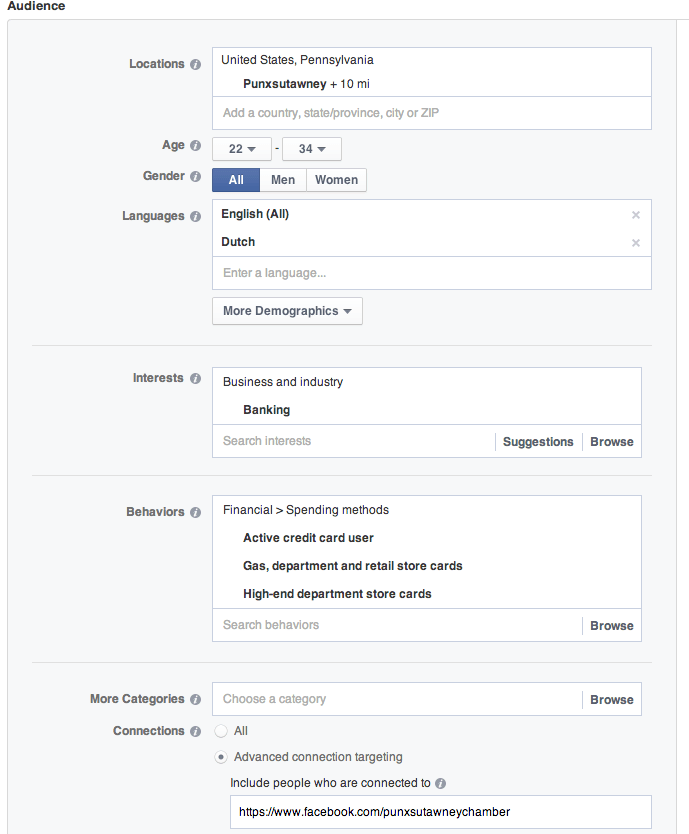There is a quote from Woody Allen where he says “80 percent of success is showing up”. That quote may leave a sour taste in your mouth, as we grew up under the idea that you can’t just show up to be successful.We recently did a study where we looked into how many banks & credit unions were on social media. What we found was that there were 1,776 banks/1,947 credit unions on Facebook while there were 706 banks/995 CU’s on Twitter. Data doesn’t lie. The biggest problem for financial institutions is simply showing up. Why is that? So which concerns are valid, and which are myths?
1. Marketing doesn’t have time, compliance doesn’t have time, who has time to manage this?
Easily the most popular question, and probably the most valid. Time is the most precious commodity of all. If we are going to create time for social where are we going to take it from? We’ve got brochures, newsletters, web graphics, mailers and e-mail blasts to design & get approved. Which of those marketing functions are we going to take time from? That is the psychology behind the question. The answer is that all marketing material can work together. Designs for the web can easily be translated over to social while informative articles around calculators and information for newsletters can be used for content on social. Social can be the least time consuming marketing function if you have the right processes and tools in place.
2. What if social media is a fad?
Social is not a fad. Growth exists in many areas of social. Different generations may choose different platforms but this type of two way communication is here to stay. This is an issue with this industry in general. Some banks wait to let things play out until they start losing customers to their competitors. Who wanted to be the first bank to design a website, create online banking, or build a mobile app? Don’t wait for the pain to make a change in your bank.
3. Who would want to hear from us, or better yet, what?
Your local community want to hear from you. Community banks & credit unions have a huge advantage over larger institutions when it comes to social. The number of likes & followers may be lower but you can connect with these people at a personal level. You’re taking relationships that you spent years on building offline and bringing them online. People in the community want to hear about local events and causes that benefit the community and it’s members. And sometimes they want free hot dogs at events you host.
SAVE THE DATE for #tsbankhotdogday on July 3! Get FREE hot dogs in Treynor and Council Bluffs from 11:30 am – 1 pm! pic.twitter.com/iNBhoyrQF6
— TS Bank (@ts_bank) June 19, 2014
Avoiding risk is as risky as risking what should be risked. This two way type of communication may make your organization feel vulnerable. But that shouldn’t be the case. We are talking about customer feedback. They may have critiques on a few of your processes but this will help your institution assess those procedures. Bank customers do talk to their banks on social media but the results aren’t as frightening as you may of thought.
5. What happens if it goes viral and we lose control, aren’t messages are out there forever?
Messages are out there forever. This is why having the appropriate processes & tools in place is so important. If something goes viral, make sure you wanted it to go viral.
6. What if someone posts something private on there?
People will inevitably post something they shouldn’t on your Facebook page. The best way to handle this is by deleting the comment as quickly as possible and assessing the situation & vulnerabilities around that account. Also, being a part of the education-process of your customers is important so they are not communicating this information on other sites.
7. What do we do about complaints, where do we direct people?
This depends on your internal complaint processes. Do you file a complaint report & put it in your MCIF binder? The marketing or social media manager may not be able to answer the inquiry but someone at your institution probably can. Being the liaison between that customer and someone who can provide impeccable service is your job as marketing manager.
8. How can I only address my market, the Internet is big?
The internet is a vast wasteland. But there are many tools(many within Facebook & Twitter) to target local customers & potentials. There are also ways to build your local following by doing local contests.
9. How in the world do we manage our employees?
Having a sound policy in place is very important. Like all other parts of your employee handbook it is important to spell out what they can talk about social media and what they can’t. Being proud of where you work and sharing awesome things your bank has done is one thing. Sharing mortgage rates is a completely different animal. Continued education is crucial for employees to understand the risks of social.
10. What if something happens on the weekend, who is going to manage that?
We don’t have to treat social media completely different from other banking channels open on the weekend. If someone calls into the bank on the weekend are you still routed to support? Or if there is an issue with online banking does it get fixed? With tools in place you can schedule content on the weekend and have pre-approved responses that compliance has approved ready to go.
At the end of the day it’s a scary thing to take your financial institution into the unknown. The important thing to know is that many have gone before you & many have gained business through social media. 80% of success is showing up.


